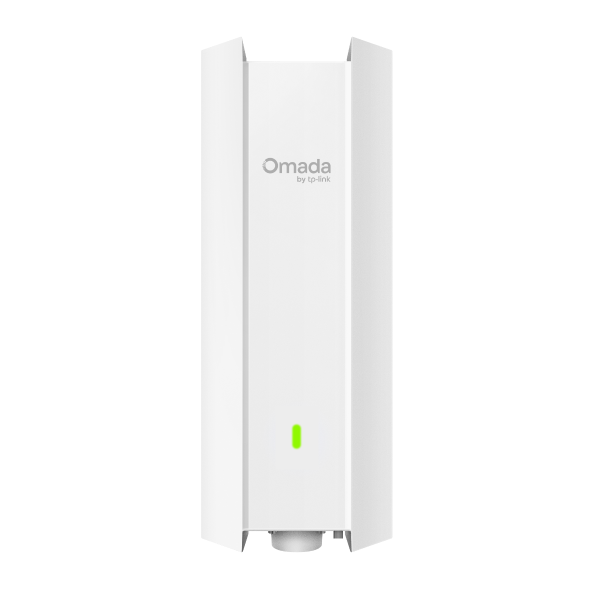Unable to connect to EAP WiFi
Failing to connect to Wi-Fi is a common wireless network problem. Below presents a list of common reasons that lead to unsuccessful wireless connection to the Omada EAP Wi-Fi. You can follow the troubleshooting steps to solve the issue you are encountering.
Troubleshooting Steps
1. Make sure first you have entered the correct password. Note that if PPSK encryption is enabled, different clients may need to use different passphrases for the same SSID.
2. Make sure a DHCP Server is present in your network. Note that EAPs do not provide DHCP service.
3. Make sure the ports of your Gateway / DHCP Server and all the EAPs have been assigned the exact VLANs if you are applying Layer 3 network topology.
4. Make sure your RADIUS Profile has been configured correctly, the RADIUS Server is online and the EAP can access to the RADIUS Server if you use WPA-Enterprise or PPSK with RADIUS encryption.
5. Make sure your wireless devices support the encryption method configured. For instance, some IoT devices and 802.11n devices may not be able to support WPA3, while some may not support Enterprise AES-GCM 256.
6. Make sure the signal strength of your location is better than -70dBm. You can refer to the RSSI in the SIGNAL column of the Clients page on the Omada Controller or check this information in some Wi-Fi scanning Apps.
7. Make sure your wireless channel utilization is below 70%. High wireless channel utilization may cause wireless packet loss or connection timeout. Refer to How to optimize wireless performance of EAP products to reduce wireless interference and optimize your wireless performance.
8. Make sure the SSID Broadcast is enabled and your wireless devices support the frequency bands set for the SSID.
9. Upgrade your EAP to the latest firmware version and your wireless devices to the latest driver or OS version.
10. Run some comparison tests by creating new SSIDs with default settings on the Omada Controller. By default, some advanced features will be disabled, including MLO, PMF, 802.11r, 802.11 Rate Control, etc., for maximum compatibility.
Is this faq useful?
Your feedback helps improve this site.
TP-Link Community
Still need help? Search for answers, ask questions, and get help from TP-Link experts and other users around the world.










